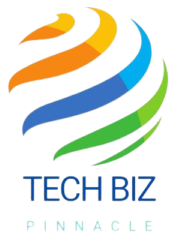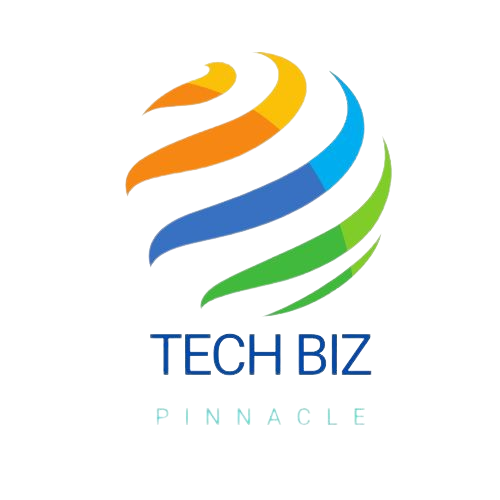In an age where digital communication reigns supreme, email marketing offers a unique opportunity for publishers to build lasting relationships with their audiences. An effective email marketing campaign can drive engagement, boost retention, and increase revenue. However, mastering this craft involves much more than sending out the occasional newsletter. Publishers must understand the complexity of email strategies, content creation, regulation compliance, and performance analysis to truly succeed. Below, we dive deep into the best practices of email marketing, tailored specifically for the world of publishing.
Understanding the Basics of Email Marketing for Publishers
Alt text: A computer screen open to Gmail, representing one avenue for email marketing for publishers.
Email marketing for publishers begins with knowledge of the fundamentals while ensuring compliance with regulations. Recognizing the audience you’re writing for, the type of content they enjoy, and their engagement patterns is essential. The next foundational step is to choose the right email service provider (ESP) that caters to your specific needs. This will not only enable you to manage your mailing lists effectively, and offer tools for creating and sending out emails.
Segmenting your audience based on demographics, reading preferences, and behavior can significantly improve open and click-through rates. By tailoring your messages to suit different segments, you enhance the relevance of your content, thus fostering a stronger connection with your subscribers. This personalized approach is particularly impactful in the world of publishing, where interests and genres can vary widely.
Emails can serve as a bridge between your digital presence and the tactile world of books, offering multimedia content that enhances the reading experience. Taking advantage of email marketing for publishers means embracing the medium’s strengths and finding a tool that works for you and your goals. PostUp by Upland is one such specialized tool that can help you maximize these opportunities.
Crafting Compelling Content for Your Subscriber List
Alt text: A person working on email marketing for publishers on a laptop situated on a desk surrounded by books.
For publishers, the content of an email campaign is paramount. Your subscribers have signed up because they’re interested in what you publish, and they expect content that is insightful and engaging. Begin with a captivating subject line as it should spark curiosity while reflecting the email’s value proposition.
Once opened, the email must deliver on its promises. A compelling headline, followed by articulately penned content, engages the subscribers. Content should be varied to cater to different preferences; include short stories, articles on literary trends, or book recommendations to maintain a dynamic campaign.
Visual elements also play a vital role in your emails. High-quality images, branded layouts, and a consistent tone help establish your identity as a publisher. They also make the content more digestible and visually appealing, increasing the likelihood that readers will spend more time with your emails.
Finally, the call to action (CTA) in your emails should be clear and persuasive. Whether you’re driving sales for a new release, encouraging sign-ups for a webinar, or simply aiming for more website visits, your CTA should stand out and provide an easy path for subscribers to follow. This clear directive often translates into measurable success for your campaigns.
Leveraging Email Automation To Enhance Subscriber Engagement
Email Automation has revolutionized the way publishers connect with their audience. Automated workflows allow you to send timely, relevant emails without manual intervention. Re-engagement campaigns are equally important. Email automation can monitor subscriber activity and flag those who haven’t opened your emails in a while. These readers can then be targeted with a special series aimed at reigniting their interest, perhaps teasing upcoming releases or providing excerpts from bestsellers.
Birthdays and other personal milestones can also be celebrated with automated messages, helping to strengthen the personal connection between your brand and its readers. Automation can ensure that these messages feel individualized, even though they are sent out on a large scale. This level of attention can convert casual subscribers into loyal fans.
Automation enables A/B testing, where you can send out two versions of the same email with slight variations to determine which performs better. By analyzing the open and click-through rates, publishers can continue to fine-tune their email marketing strategy, ensuring that every campaign is better than the last.

